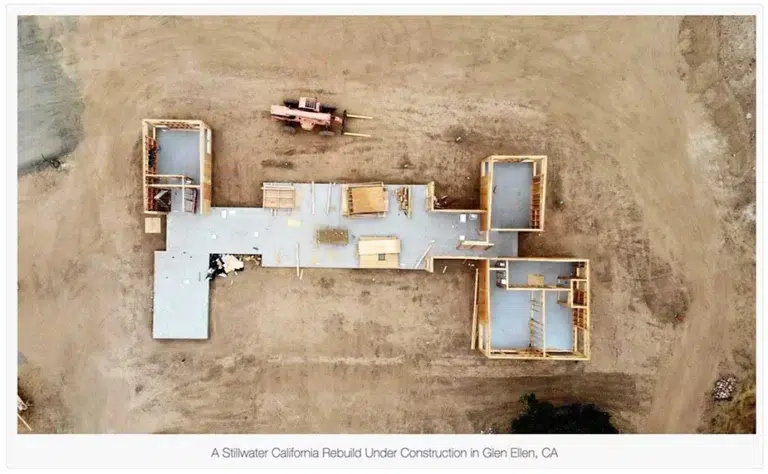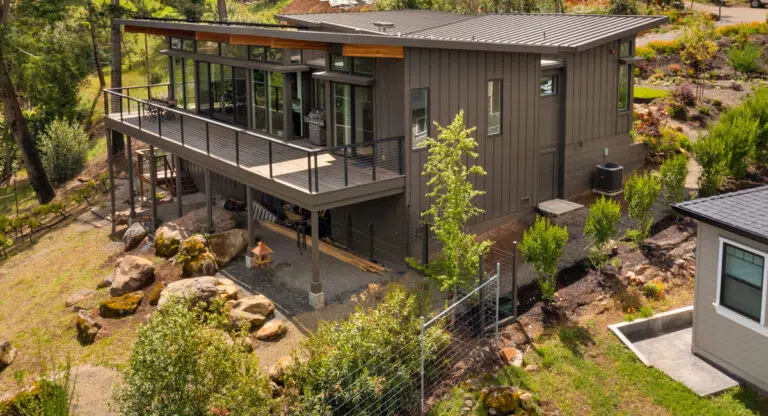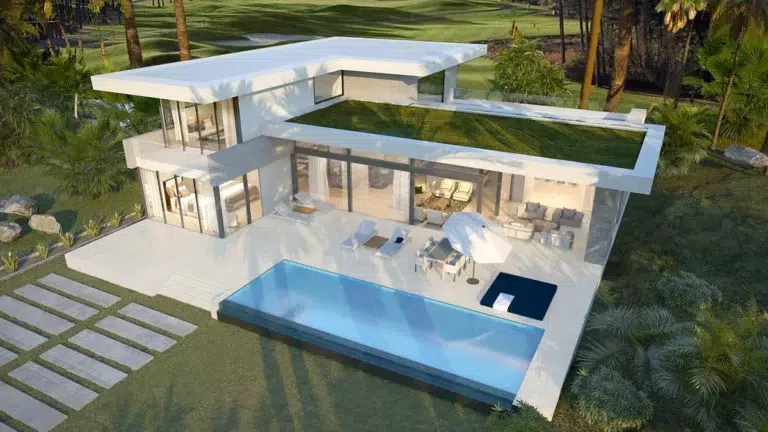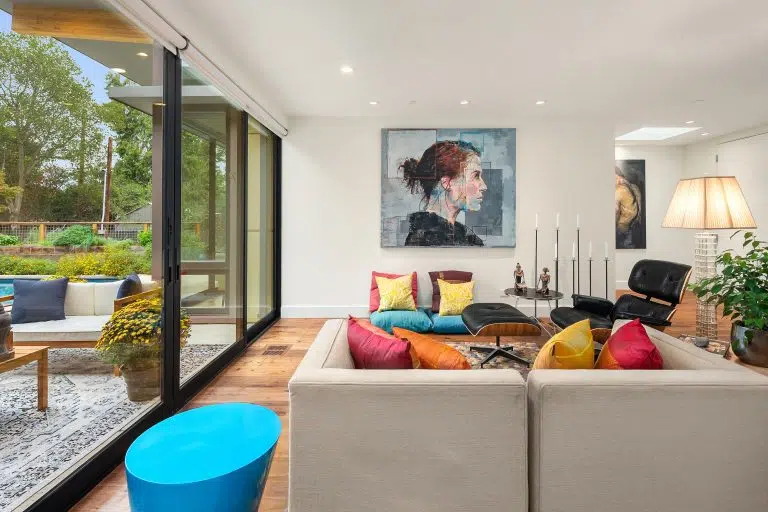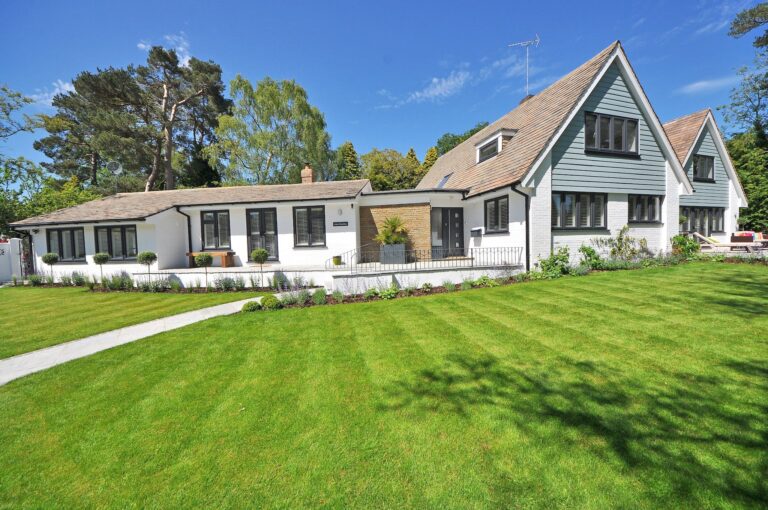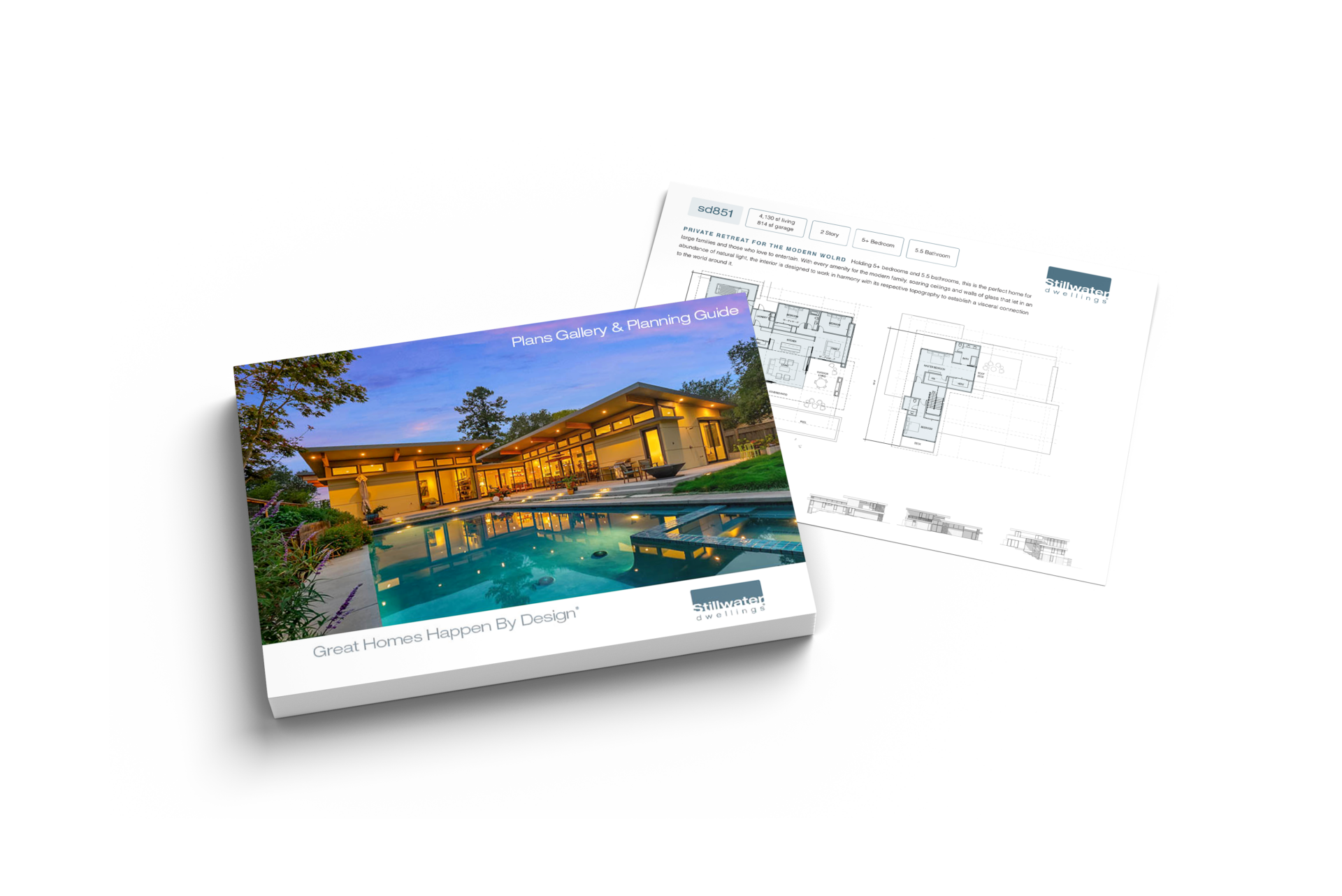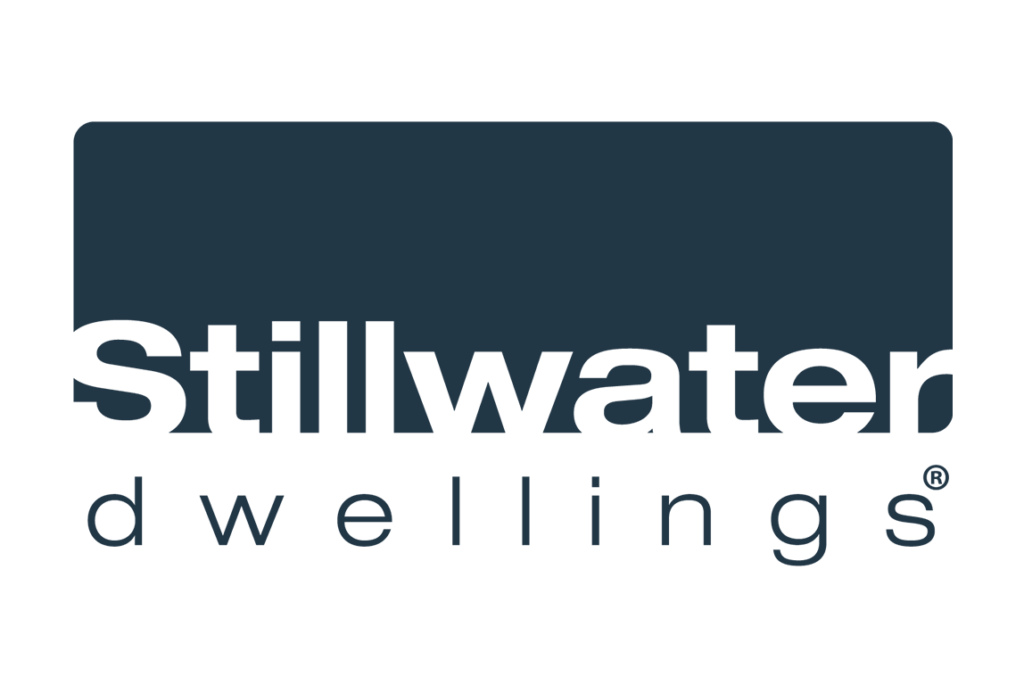Mid-century modern architecture, with its clean lines, open spaces, and innovative designs, has left an indelible mark on the world of architecture and design. One of the most iconic features of this era is the butterfly roof, a design element that not only defined the mid-20th century but also continues to influence contemporary architecture, particularly in the realm of prefab homes. In this article, we will explore the history, significance, and enduring appeal of the butterfly roof, focusing on its revival in modern prefab home designs.
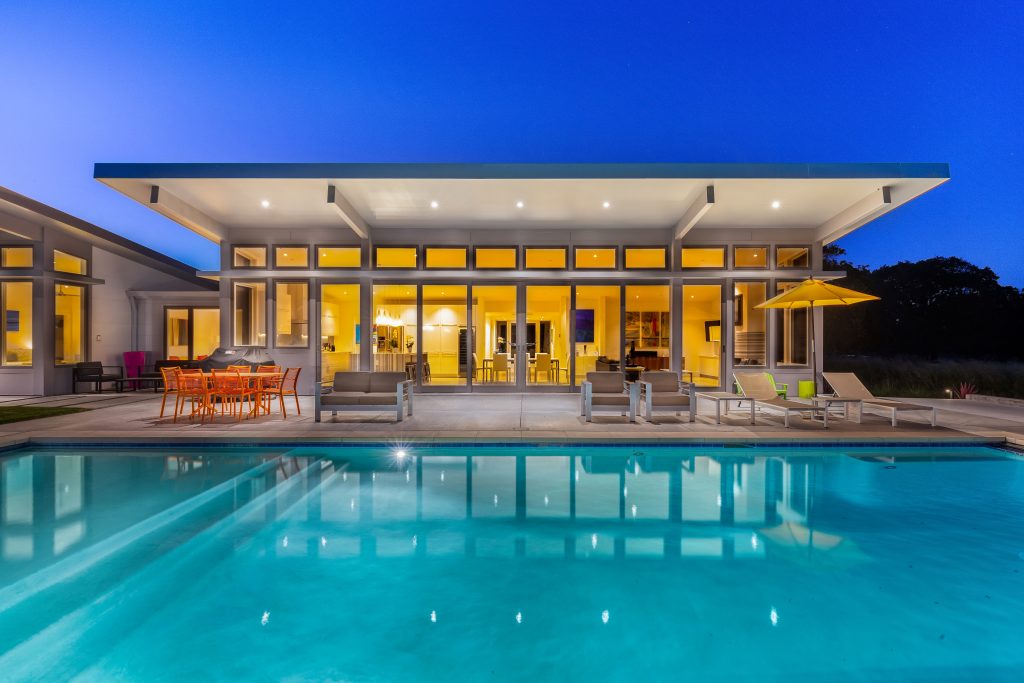
The Birth of the Butterfly Roof
The butterfly roof, also known as a V-roof or an inverted roof, first emerged during the mid-20th century as a defining characteristic of mid-century modern architecture. Architects of this era were eager to break free from the conventions of the past and embrace a new, forward-looking approach to design. The butterfly roof exemplified this innovative spirit.
Characterized by its distinctive V-shaped profile, the butterfly roof features two opposing slopes that meet at a central point, creating a dramatic and visually striking form. This central valley created by the slopes serves both functional and aesthetic purposes, making it an integral part of the design.
Aesthetic and Functional Appeal
The butterfly roof immediately captured the imagination of architects and homeowners alike for several compelling reasons.
Aesthetics: The butterfly roof brought a sense of drama and novelty to architectural designs. Its unconventional shape stood in stark contrast to the traditional gable or hip roofs that had dominated architecture for centuries. The roof’s soaring wings and open design offered a sense of spaciousness and creativity that resonated with the mid-century modern ethos. See Stillwater’s take on modern mid-century butterly roof.
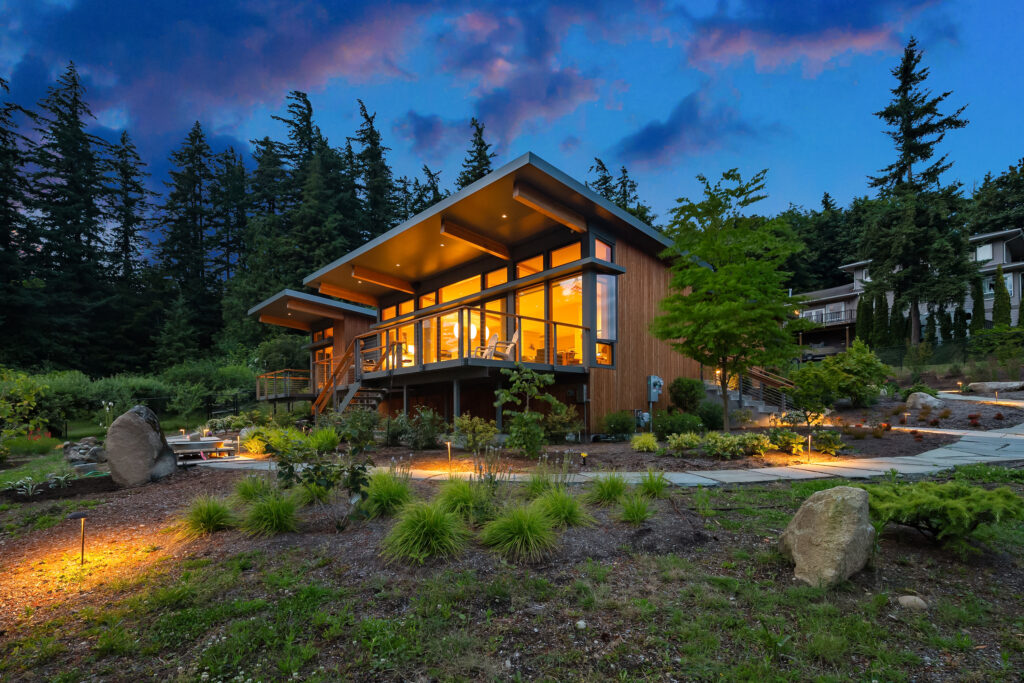
Integration with Nature: Mid-century modern architects prioritized the connection between the indoors and outdoors. The upward-sloping wings of the butterfly roof allowed for expansive windows and walls of glass, seamlessly merging interior and exterior spaces. This integration with nature was a central tenet of mid-century modern design.
Natural Light and Ventilation: The high point of the butterfly roof provided an ideal location for clerestory windows, which allowed abundant natural light to flood the interior spaces. This not only reduced the need for artificial lighting but also enhanced ventilation, promoting passive heating and cooling.
Iconic Examples of Butterfly Roofs in Mid-Century Modern Architecture
Several iconic buildings and homes from the mid-century modern era feature butterfly roofs, solidifying their status as an enduring symbol of this design movement. Here are a few noteworthy examples:
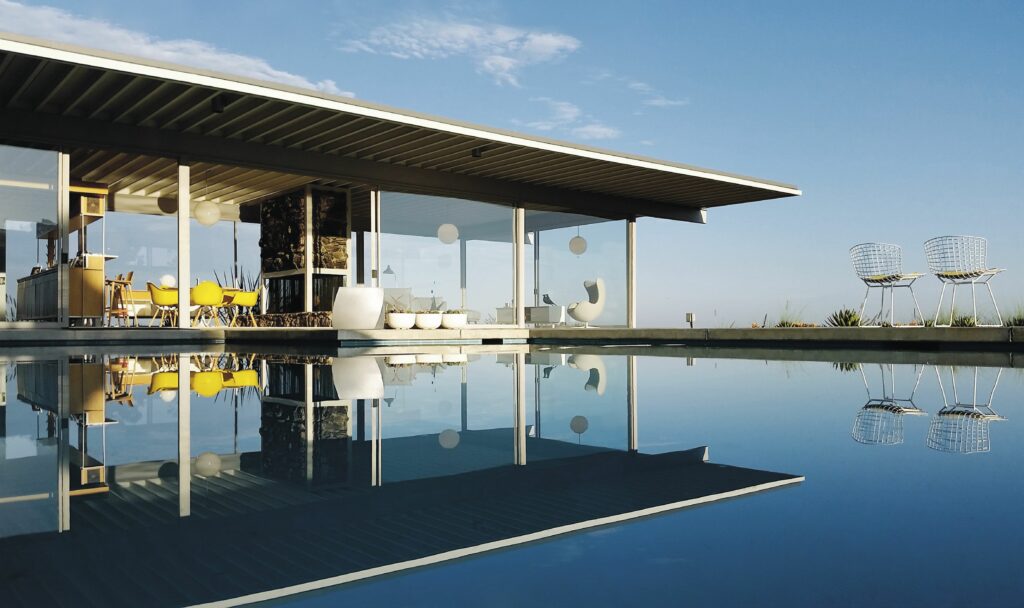
Stahl House (Case Study House #22) – Los Angeles, California: Designed by Pierre Koenig in 1960, the Stahl House is arguably the most famous example of a butterfly roof home. Perched on a hillside with panoramic views of Los Angeles, this steel-framed masterpiece boasts floor-to-ceiling glass walls and the unmistakable butterfly roof. It has become an enduring icon of mid-century modern design.
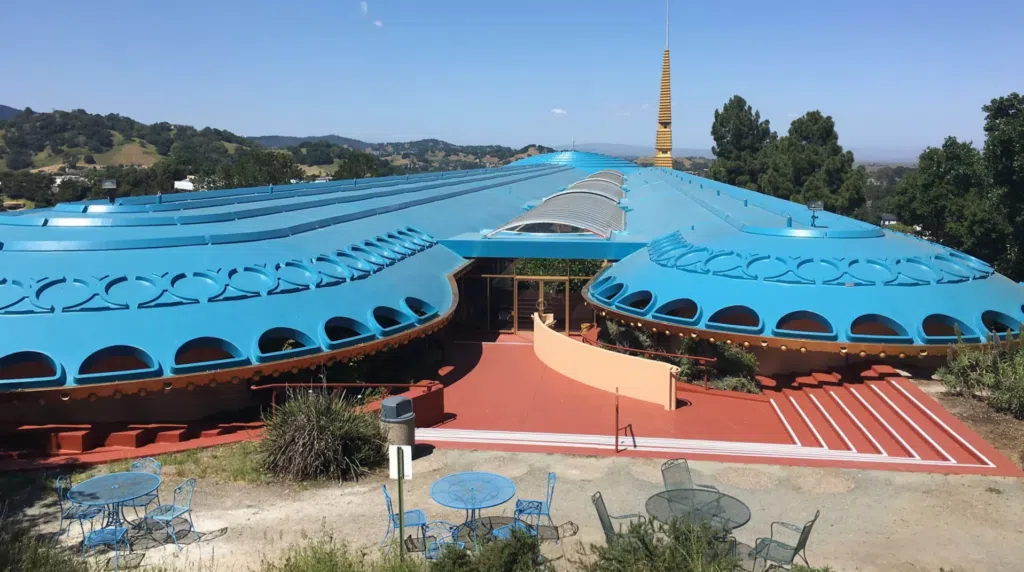
Marin County Civic Center – San Rafael, California: Designed by the renowned Frank Lloyd Wright, the Marin County Civic Center features a prominent butterfly roof. This government building showcases the versatility of butterfly roofs in various architectural contexts.
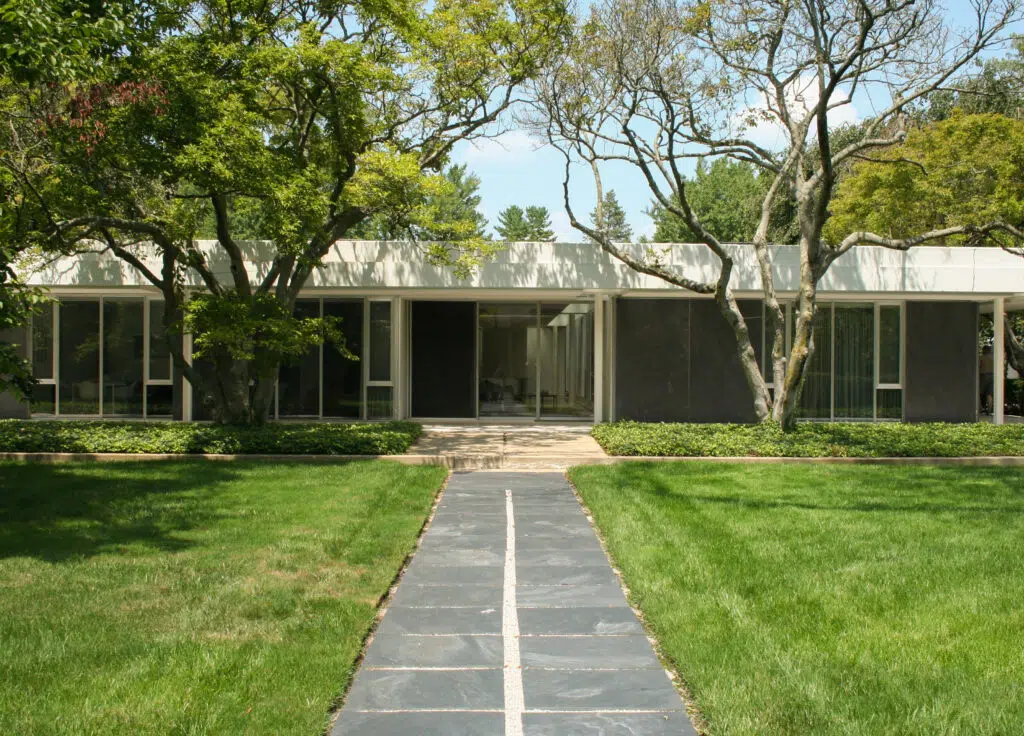
Miller House and Garden – Columbus, Indiana: Completed in 1957 and designed by Eero Saarinen, the Miller House is a remarkable example of a butterfly roof in residential architecture. It beautifully demonstrates the seamless integration of indoor and outdoor spaces—a hallmark of mid-century modern design.
The Butterfly Roof in Contemporary Design: The Prefab Home Revolution
While butterfly roofs reached the height of their popularity during the mid-20th century, they have experienced a renaissance in contemporary design. One of the areas where they have made a significant comeback is in the realm of prefab homes.
Prefab, or prefabricated, homes are constructed off-site in controlled environments and then transported to the building site for assembly. These homes are known for their efficiency, sustainability, and innovative design, making them a natural fit for the butterfly roof.
Here’s how the butterfly roof has found new life in prefab home design:
Sustainability: In an era marked by environmental consciousness, butterfly roofs offer sustainable advantages. The central trough created by the roof’s slopes can be designed to collect rainwater for various eco-friendly purposes, such as irrigation or flushing toilets. Additionally, the ample natural light and ventilation facilitated by the roof contribute to energy efficiency and reduce reliance on artificial heating and cooling.
Visual Impact: The iconic silhouette of the butterfly roof remains highly appealing in contemporary design. It provides a sense of architectural daring and visual intrigue, setting prefab homes apart from more traditional designs. This striking profile is particularly attractive to homeowners seeking a bold and innovative look for their dwellings.
Indoor-Outdoor Connection: The butterfly roof’s emphasis on natural light and integration with outdoor spaces aligns perfectly with the modern lifestyle. Prefab homes often prioritize open floor plans and large windows, allowing residents to enjoy the benefits of the butterfly roof’s design philosophy—bringing the outdoors in.
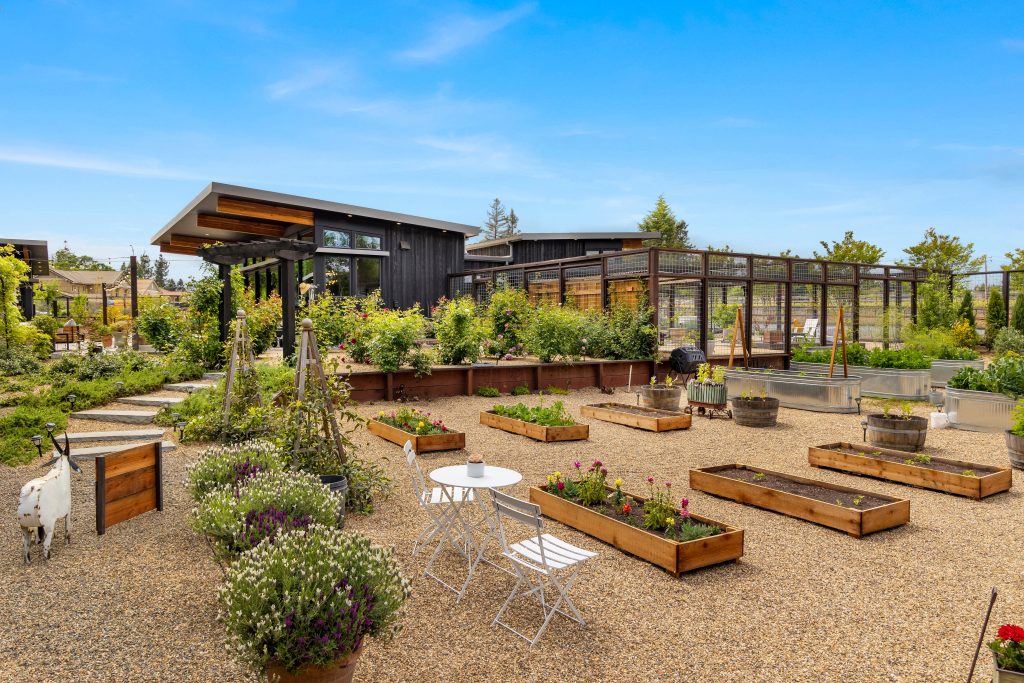
Customization: Prefab homes offer a level of customization that allows homeowners and designers to incorporate butterfly roofs in creative and functional ways. Whether it’s maximizing natural light, optimizing rainwater collection, or simply making a bold design statement, prefab homes provide the flexibility to achieve these goals.
Conclusion
The butterfly roof, with its distinctive V-shaped profile and innovative design, remains an iconic element of mid-century modern architecture. Its enduring appeal lies in its fusion of aesthetics and functionality, seamlessly blending indoor and outdoor spaces while promoting sustainability and energy efficiency.
In the realm of prefab homes, the butterfly roof has experienced a resurgence, offering homeowners a fresh interpretation of mid-century modern design principles for the 21st century. Its ability to collect rainwater, maximize natural light, and create an instant architectural statement has made it a valuable asset in modern sustainable architecture.
As we continue to embrace eco-consciousness and a strong connection to the natural world, the butterfly roof stands as a testament to the timelessness of mid-century modern design and its relevance in shaping the future of contemporary architecture. Whether you’re looking to preserve the legacy of a mid-century gem or embark on a new architectural adventure, the butterfly roof remains an enduring symbol of innovation, sustainability, and timeless beauty in the world of design.
